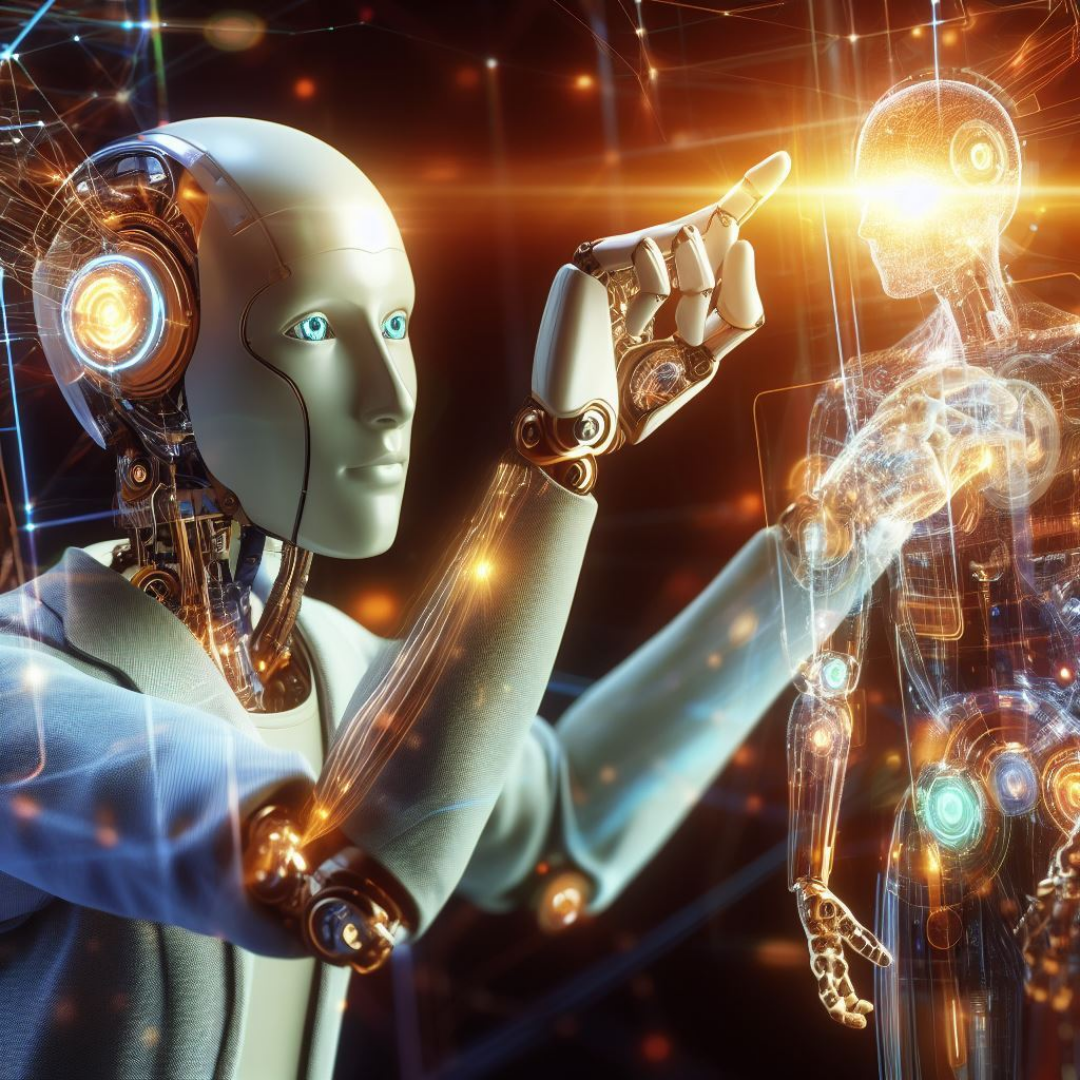The longstanding engineering aspiration to create a robot that seamlessly merges human-like qualities with practical utility has been reignited by the latest surge in artificial intelligence.

The longstanding engineering aspiration to create a robot that seamlessly merges human-like qualities with practical utility has been reignited by the latest surge in artificial intelligence. While current prototypes often appear ungainly and impractical, a select group of startups remain committed to the endeavor.
Jonathan Hurst, co-founder and chief robot officer at Agility Robotics, emphasizes that the goal isn’t to replicate human appearance but to engineer robots capable of functioning in human environments. Agility’s warehouse robot, Digit, is positioned as “human-centric” rather than humanoid, underscoring its purpose over its appearance.
Currently, Digit is adept at handling tasks like picking up tote bins. Amazon’s recent announcement of testing Digits for warehouse use and Agility’s new Oregon factory for mass production reflect the progress in this field.
Digit features a head equipped with cameras, sensors, and animated eyes, complemented by a torso serving as its power source. While it boasts two arms and legs, its leg structure resembles digitigrade animals like birds, cats, and dogs, which walk on their toes.
Competitors like Figure AI adopt a more purist stance, asserting that only true humanoids can navigate human-centric spaces effectively. Figure envisions a commercial robot, initially in retail warehouses, capable of multitasking and filling gaps in labor as global birth rates decline.
While Figure AI is in the early stages and lacks a market-ready prototype, the potential for humanoids to address labor shortages holds significant promise. CEO Brett Adcock envisions a vast market for robots performing tasks that may face a shortfall of human workers.
Elon Musk’s Tesla is also in the race with its humanoid project named Optimus, although its initial live demonstration left experts underwhelmed. Meanwhile, Tesla’s neighbor, Apptronik, unveiled the Apollo humanoid, showcasing a more advanced stage of development.
For legged robot pioneers, the pursuit goes beyond building a humanoid. Marc Raibert, co-founder of Boston Dynamics, known for its dog-like Spot robots, emphasizes the invaluable lessons gained in design, operation, and public reception.
Raibert highlights how the journey may not always follow a linear path, leading to the creation of non-humanoid robots with unique advantages.
Some startups prioritize enhancing robotic dexterity before tackling locomotion. Sanctuary AI’s Phoenix, a bipedal robot, exemplifies this approach. Phoenix can perform tasks like stocking shelves and operating checkouts, representing a step towards robots intelligently perceiving and interacting with the physical world.
The quest for human-like robots continues to evolve, with Agility’s Digit catching Amazon’s interest due to its mobility. While concerns about job displacement linger, industry leaders like Agility Robotics’ Damion Shelton envision a future where human-centric robots coexist seamlessly with humans, potentially revolutionizing various industries and households.